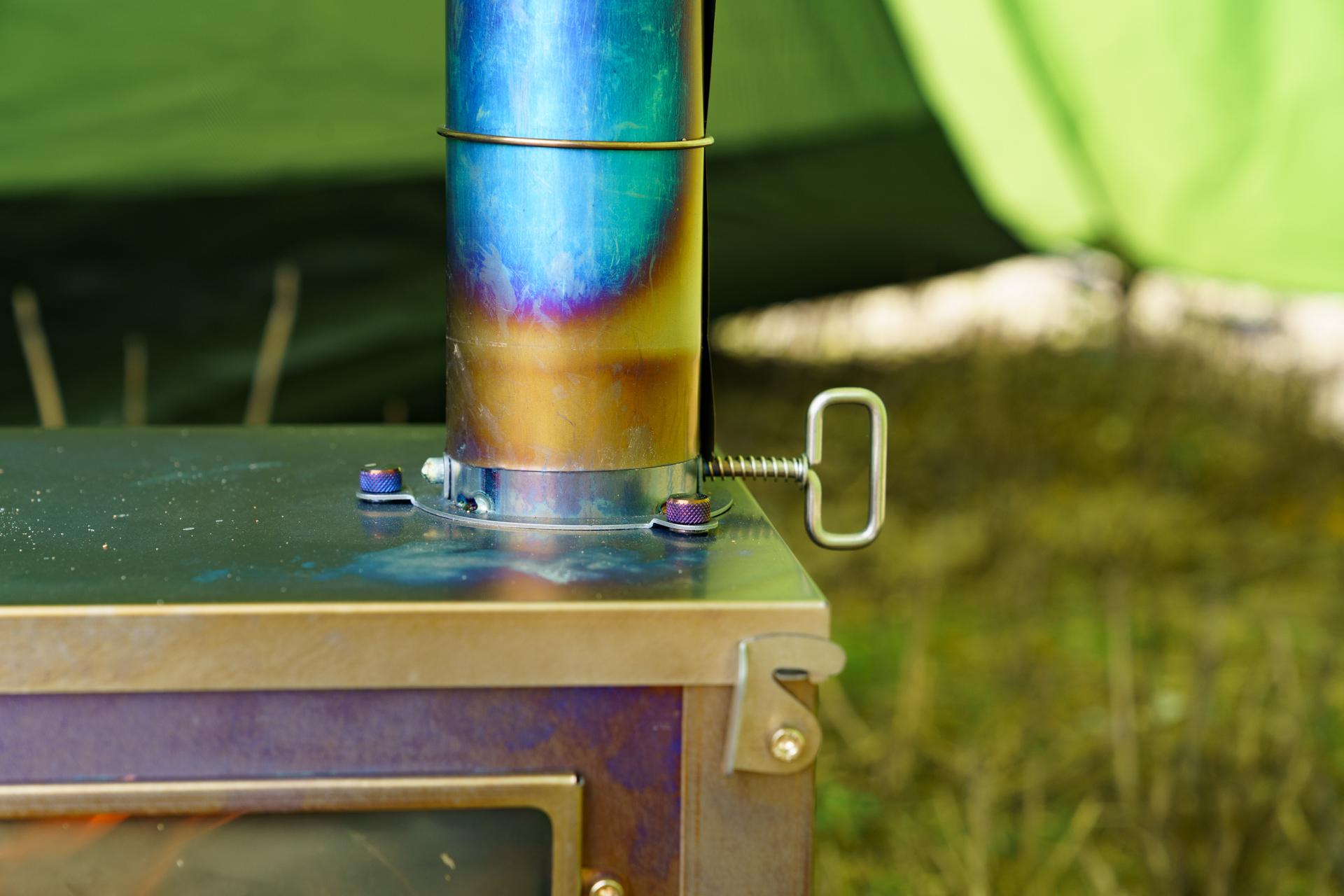Camping Master Raising Series | What Does the Stovepipe with a Damper Do
Hello, this is the Camping Masters Raising Series, where we aim to equip every camping enthusiast with expert camping knowledge to enhance their outdoor camping experience.
The stovepipe with a damper serves an important function in the operation of a wood-burning stove. Let's explore its purpose and how it contributes to the efficiency and control of the stove.

What Does the Stovepipe with a Damper Do?
1. Controlling Airflow:
The damper is a movable metal plate located in the stovepipe, typically near the stove's top or in the first section of the pipe. Its primary function is to control the airflow within the stove and chimney system. By adjusting the position of the damper, you can regulate the amount of air that enters or exits the stove, thereby influencing the combustion process.
2. Heat Retention and Efficiency:
When the damper is partially closed, it restricts the flow of air and reduces the amount of oxygen available for combustion. This can slow down the burning rate of the fire and help retain heat within the stove. By promoting a slower, more controlled burn, the stovepipe damper can increase the stove's efficiency by maximizing heat output and extending burn times.
3. Temperature Regulation:
The damper also assists in regulating the temperature inside the stove and subsequently within the living space. By adjusting the damper, you can manage the intensity of the fire and control the rate at which heat is released. Opening the damper allows more air to enter the stove, resulting in a hotter fire and increased heat output. Closing the damper restricts airflow, reducing the fire's intensity and heat production.
4. Draft Control:
In addition to controlling airflow and temperature, the damper can help manage the draft within the chimney system. A properly functioning damper can assist in creating a steady and consistent draft, which is essential for efficient combustion and the removal of smoke and gases from the stove. It helps prevent excessive backdrafts or drafts that are too weak, ensuring optimal stove performance.
It's important to note that the specific design and operation of stovepipe dampers can vary depending on the stove model and manufacturer. Some stoves may have built-in dampers, while others may require a separate damper installed in the stovepipe. Always consult the manufacturer's guidelines and follow proper usage instructions to ensure safe and effective operation of the damper and wood-burning stove.

FAQ
- Is the Titanium Stove Really Suitable for Ultralight Hiking?Yes, FireHiking offers several stove options that are suitable for backpacking. One of the popular choices is the FireHiking Tent Stove, TOLA Mini Portable Camping Wood Burning Stove. This stove is specifically designed to be lightweight and compact, weighing only 3.4lb (1.5kg). Its portable size makes it easy to carry in a backpack, making it convenient for backpacking trips.
The TOLA Mini Portable Camping Wood Burning Stove is made from titanium, which is known for its lightweight yet durable properties. It features a foldable design, allowing it to be packed efficiently and taking up minimal space in your backpack. Despite its small size, the stove is designed to provide efficient heat output and reliable performance for cooking and heating purposes during your backpacking adventures.
It's important to note that while the FireHiking stove is suitable for backpacking, it's always recommended to consider the weight and size of the stove in relation to your overall backpacking gear and personal preferences. Additionally, ensure you follow proper safety measures and local regulations when using any camping stove in outdoor environments.
- Will the Stove Glass Explode Suddenly During Fire Burning?
FireHiking's titanium stoves all have a glass window, firstly because glass conducts heat well and allows the ambient temperature to rise quickly. On the other hand, it makes it easier for the camper to keep an eye on the combustion in the stove and to add more wood at any time.
However, the glass is extremely heat resistant and the heat generated by burning wood is far from enough to make the glass explode.
So there is absolutely no need to worry about the glass window exploding from normal use of the stove! - 🚚 How long does it take to ship a stove to the USA and Canada? Do you ship stoves to other countries?
🚚 It typically takes 4-8 business days to deliver a stove that is in stock across the USA and Canada.
🚚 We ship to many other countries, but since shipping alternatives vary across different countries, get in touch with us for details.
🚚 For weekend and holiday delivery arrangements, please ask our customer service!
- Most visited pages:New Arrivals Hot Tent Tent Stove Best Seller Camping Hot Tent Hot Tent and Tent Stove Best Seller Solo Tent With Wood Stove Jack 2-4p Hot Tent with Stove Jacks Tent Stove Canada Hot Tent Canada Tent Stove US Hot Tent US Tent Stove Chile Hot Tent Chile Cheap Price Hot Tent and Tent Stove For Sale Best Price Tent Stove and Firepit 1 Person Hot Tent for All Season Camping 2 Person Hot Tents for All Weather Camping 4 Person Hot Tents for All Season Camping 8 Person Hot Tents Teepee Tents for Camping Camping Stove Titanium
- Company Infomation
- About us
- FireHiking Story
- Contact Us
- Notice
- Blog
- Company Policies
- Payment Policy
- Return&Refund Policy
- Shipping Policy
- Privacy Policy
- Intellectual Property Rights
- Become Affiliate
- Terms Of Use
- Terms of Use
- User Center
- Forget Password
- My Orders
- Tracking Order
- My Account
- Register
